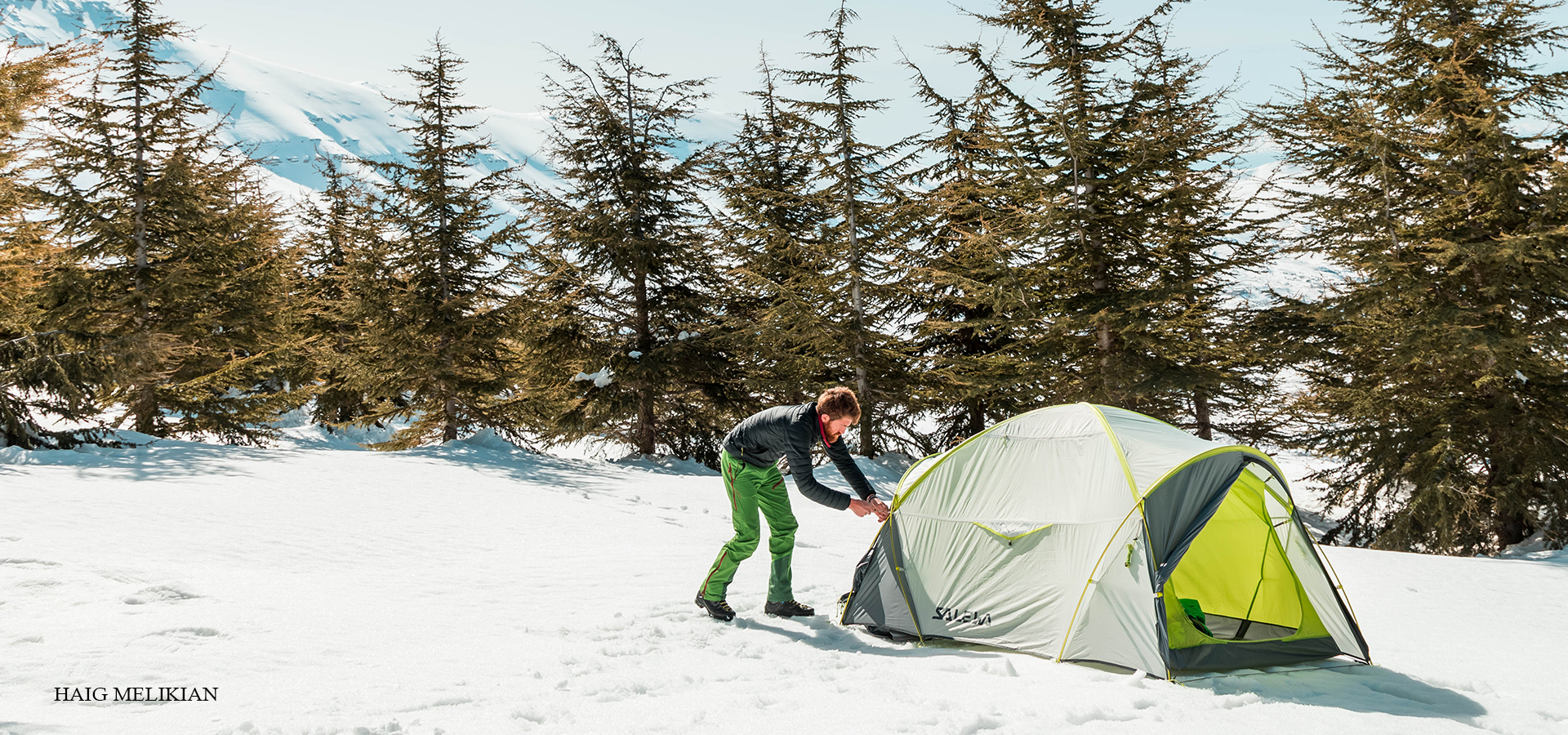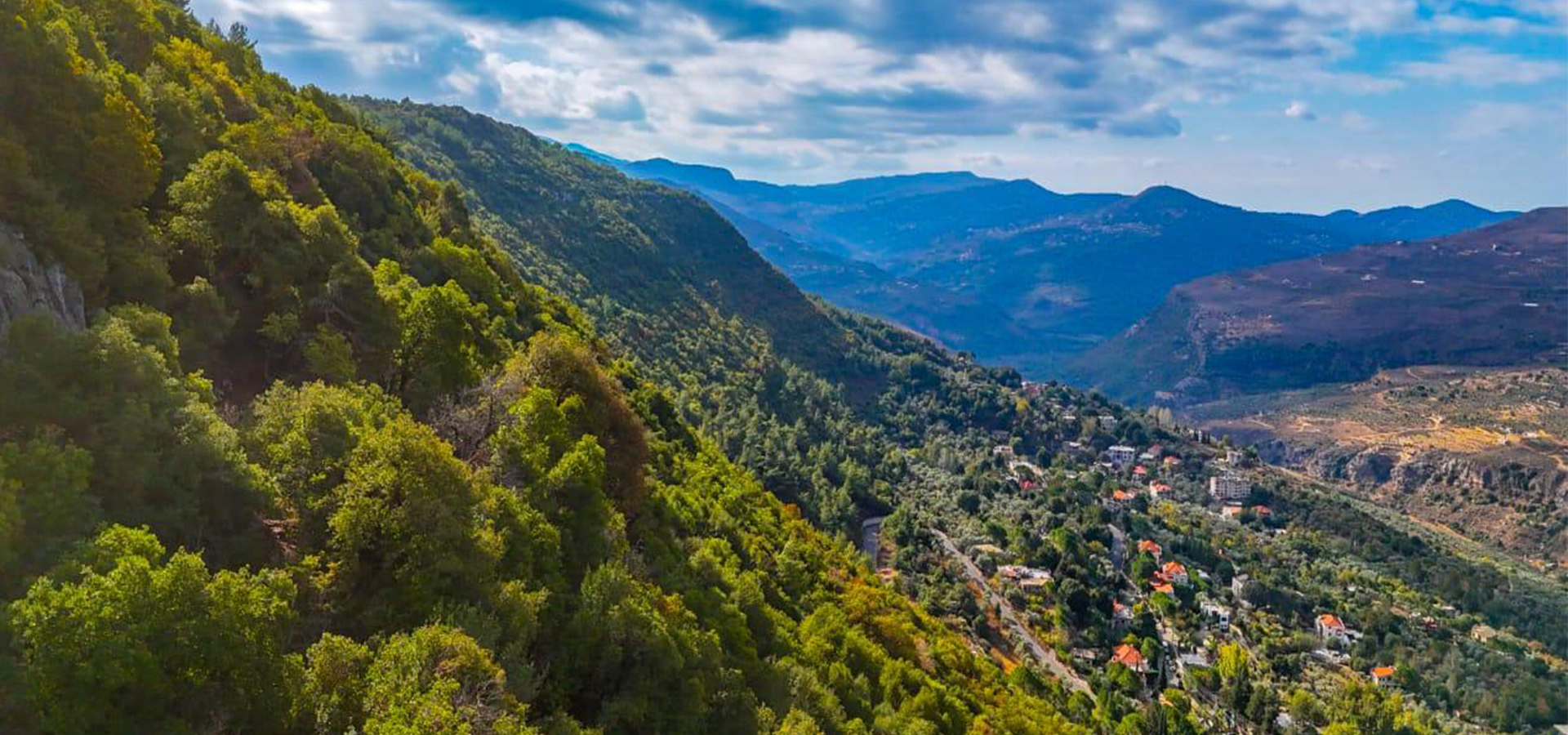
Winter Camping Guidelines and Tips
- March 22, 2020
- 0
If you go backpacking in winter, you need to know how to select a good tent and camping spot. Here are some basic guidelines to keep in mind.
How To Select a Good Camping Spot.
- Avoid Avalanche Zones:
Make sure that you are not in an avalanche zone. Most avalanche zones have a slope of 40 degrees or higher. - Do Not Camp Under Snow Covered Branches:
Snow covered branches can snap at night and fall on your tent. - Avoid Valley:
Cold air flows downhill and pools at the bottom of valleys. Don’t camp in a low spot. - Try to Find Natural Wind Breaks:
Moving air and wind will strip heat from you. Try to dig your tent behind a natural wind break such as a large boulder or small hill, or build one using snow blocks. - Morning Sun:
Sites that get morning sun will warm up faster in winter. They’re also useful if you need to dry out your sleeping bag due to internal condensation. - Flatten The Snow Under Your Tent:
Before you pitch your tent, harden the snow under it by walking over it wearing snowshoes or boot. - Point Your Door Downhill:
Point the front of your tent downhill when you pitch it. This will prevent cold air from flowing into your tent when you need to go outside. - Metal Objects:
Avoid leaving any ice axes or any metal object in your tent, avoid direct contact with the floor when camping during a thunderstorm.
How To Select a Good Tent.
- Tent Space:
Test out the tent in store, since each person has different needs when it comes to space.
The smaller is the tent, the warmer it will be at night. - Hydrostatic Head:
It’s measured in millimeters (mm) and usually fall anywhere from 800 mm to 20,000 mm. These figures indicate the amount of water pressure a fabric can withstand. That means a tent with a 2,000 mm rating will endure a 2,000 mm or two meter column of water bearing down on it before it starts to leak. Usually choose above 5,000 mm for snow camping. - Double Roof or Single-Wall Tent:
Single wall are extremely light but tend to allow more condensation, meaning the walls may dampen with your own body vapor. If you choose a single-wall camping tent, make sure that it has good venting. - The Vestibule:
How to protect yourself from the shocking change of temperature when going outside? Have a transition between the interior and the exterior of the tent. Most camping tents have a vestibule, which offers enough space to store your backpack and cook your meals. - Wind Strength:
Make sure that the rain-fly reaches the ground if you will be camping in strong winds. Also ensure that the rain-fly has plenty of tie-down points to attach stabilizing guy lines











